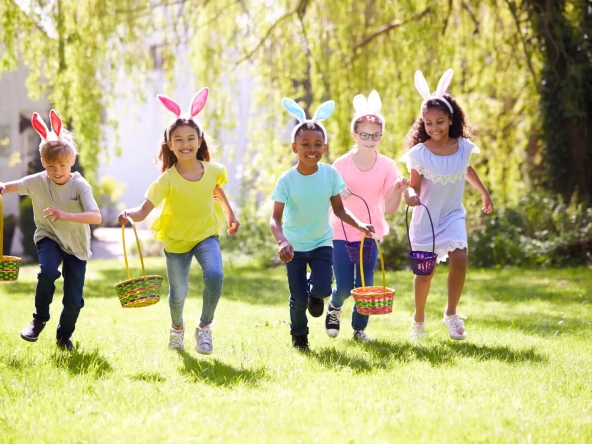Filipino Christmas and the Spirit of Family and Community
It is again the most wonderful time of the year as Christmas draws near. It is a time when “Merry Christmas” echoes in the air, as everyone around the world unites to celebrate Christmas with vibrant celebrations, culminating in the long-awaited arrival of Santa Claus on Christmas Day.
While this season is celebrated worldwide, Christmas in the Philippines has a unique character. Aside from the traditional Christmas tree adorned with a bunch of colorful ornaments, Santa Claus, gift shopping, and gift giving, the yuletide season here also means Simbang Gabi and a parade of parols.
In this article, we’ll learn more about the traditions of Filipinos during the holiday season.
Filipino Christmas Traditions
Unlike in the western countries, the Philippines is known to have the longest Christmas season in the whole world. Formal Christmas celebrations start on September 1 as you can already feel the spirit of Christmas the moment the “ber” month arrives. But this is not the only thing that makes Filipino Christmas unique and special.
It is known for its unique blend of Christmas tradition and festivities that make it distinct from Christmas celebration in many other parts of the world. Let’s check out some of the popular Filipino Christmas traditions.
Christmas Carols

The first thing on the list is Christmas caroling. Since the Christmas season arrives three months earlier, so do the carolers and their Christmas cheer.
When September 1 arrives, you can hear Christmas songs being played in malls and other establishments. Aside from the songs, before September ends, Christmas carolers start roaming around the streets to sing in front of houses. One of their favorite song to sing is the “Ang Pasko Ay Sumapit.”
Christmas Decorations
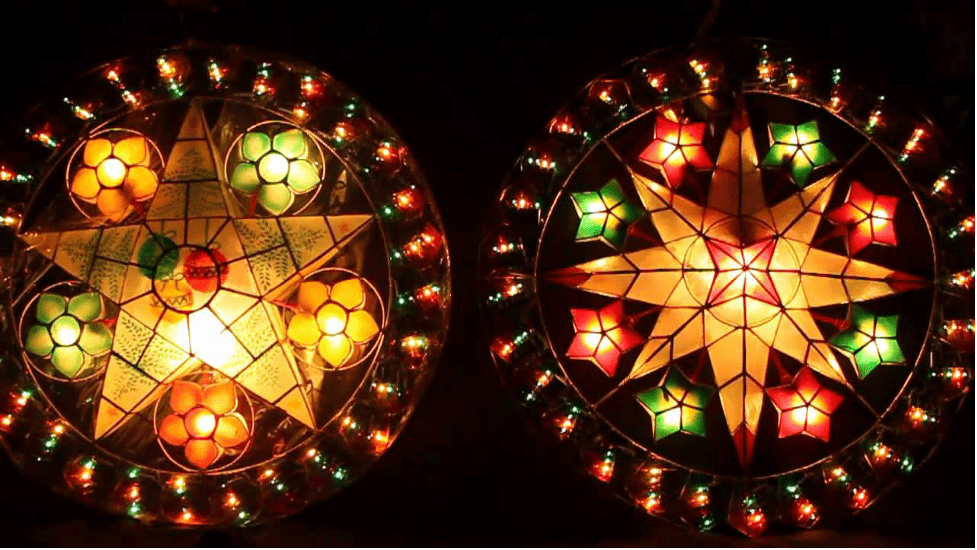
Of course, it’s not Christmas without Christmas decorations. The preparations of each establishment and companies start early. Starting September, simple Christmas decors are being added in the offices as well as the exterior of the buildings, complete with dazzling bright lights.
But one vital part of a Filipino Christmas is the Christmas lanterns, or what we call as Christmas Parol. Parols are star-shaped lanterns that Filipinos usually hang in front of their houses, as part of their Christmas customs.
Here, you would see Christmas lights and parols adorning almost every corner, from the streetlights and posts to the malls and villages. This popular Christmas decoration can be purchased from parol makers in Pampanga, the Christmas capital of the Philippines.
Of course, there is also the customary Christmas trees, nativity scene complete with statues of the three kings, and the tune of Jingle bells.
As the most awaited time of the year, Filipinos put extra effort into their decorations to create the Christmas spirit; not just for themselves, but also for their entire community.
Noche Buena in every Filipino Household
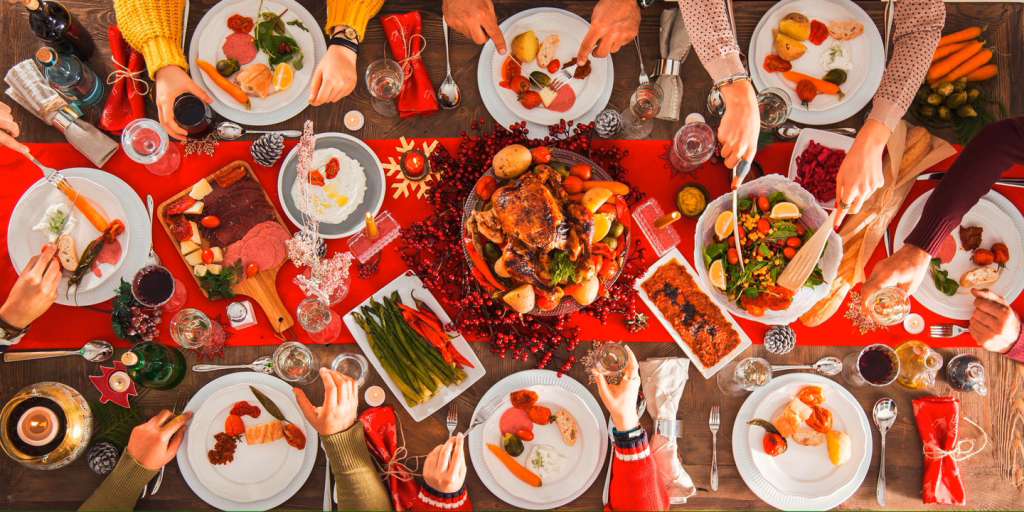
On Christmas Eve, most Filipino families stay awake and celebrate at 12:00 midnight for the Noche Buena. Noche Buena is a time for family members, friends, and loved ones to come together and share a festive meal.
It refers to the Christmas Eve feast held on the night of December 24th, just before the clock strikes midnight to mark the birth of baby Jesus. It is a family tradition observed dearly by most, if not all, Filipino household wherever they are in the world.
Christmas Treat
The staples of a Noche Buena are rice cakes such as bibingka and puto bumbong (a purple rice cake), fruit salad, spaghetti, ham, queso de bola, leche flan, hot chocolate or baterol, and many other amazing food.
Since most overseas Filipino workers go back home for the holidays, Noche Buena could also be seen as a time for family reunions which makes Christmas all the more special.
Families make an effort to come together to share this special meal, and it’s a time for bonding, catching up, and strengthening family ties.
Christmas Mass
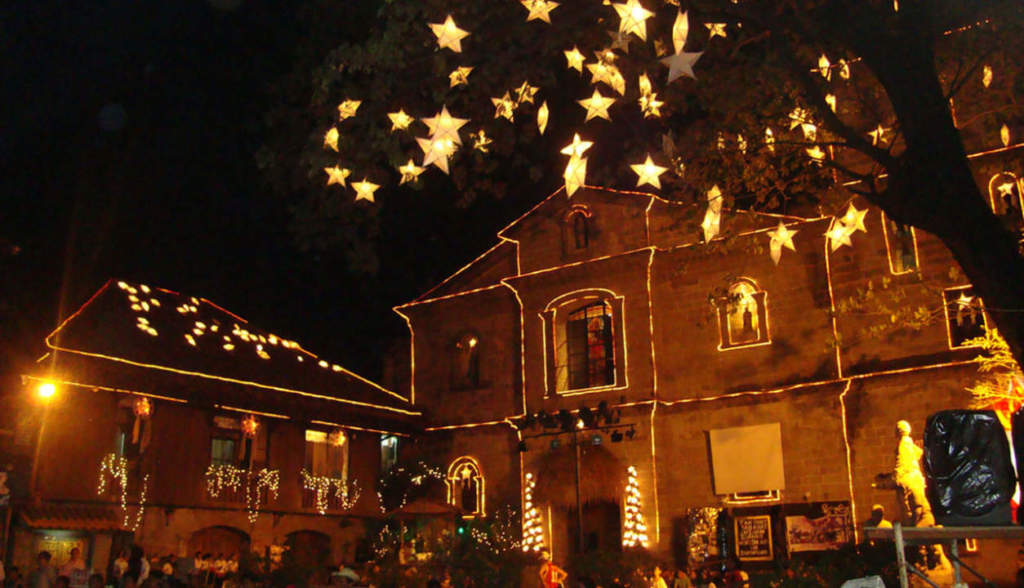
Simbang Gabi, also known as the “Simbang Gabi” or “Misa de Gallo,” is a series of nine masses held pre-dawn, usually from 3 a.m. or 4 a.m. to 5 a.m. It is an integral part of the Christmas season in the Philippines. With so many Christians in the Philippines, it is probably the only Asian country that holds the Misa de Gallo.
These early morning masses are celebrated leading up to Christmas, starting on December 16 and concluding on the morning of December 24. In some churches, a special night mass is held on the first Sunday of December, signaling the formal celebrations.
No matter how early, Filipinos wake up early to attend mass as a sign of their devotion and anticipation of Christmas. It is usually held at churches or in temporary outdoor setups, adorned with colorful lanterns and decorations, as well as nativity scenes — creating a festive atmosphere.
What makes the Simbang Gabi special are the Christmas staple that you can partake at the end of every mass — Puto Bumbong, Bibingka, Kakanin, dipped in piping hot baterol or native chocolate. Right before the mass begins street vendors line up the streets and begin preparing the rice cake cooked in clay pot.
Simbang Gabi is not just a religious tradition but also a social one. It brings communities and families together as the people who attend share the experience and feel closer as a community.
Christmas Gifts

Christmas would never be complete without the presence of gifts. People mostly spend their Christmas bonus to buy Christmas presents for their friends and family.
The Christmas parties do not normally start on Christmas day exactly. Schools and workplaces commonly organize their Christmas parties between December 17 and 22, adding to the excitement of the holiday season.
These gatherings are a time of merriment and camaraderie, where participants engage in entertaining activities like relay games and exchanging gifts. One popular way to make the gift-giving experience even more exciting is through the tradition of “Monito Monita” or “Secret Santa” or exchange gifts.
Here, participants draw names to secretly give and receive gifts, adding an element of surprise to the festivities. This kind of party symbolizes the spirit of celebrating Christmas with friends and colleagues.
After spending a part of the holiday season with your workmates and friends, when December 24 arrives, it is now time to celebrate the merry holiday with your family. Enjoy a grand salo-salo with your family during the Noche Buena.
Then, as Christmas morning breaks, it’s time to eagerly unwrap the thoughtful gifts exchanged among your loved ones, adding a touch of warmth and anticipation to the holiday festivities.
What Filipino Christmas Is Really About
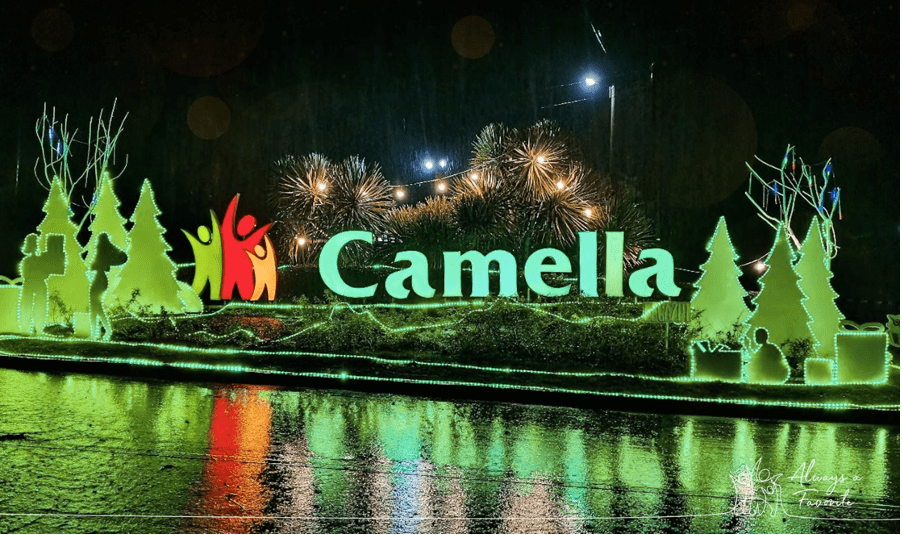
Giving the event more meaning, Filipinos have also equated Christmas time in the country to the time of giving — one of Philippines unique traits. During this season, you would often see families organize parties to serve food and give gifts out of kindness and as a form of thanksgiving.
Even in the simplest manifestation, Christmas is the time the Filipino selflessness is put under spotlight.
Further putting weight on community celebrations, the most central element of Filipino Christmas is the Misa de Gallo, or the nine-day series of masses leading up to Christmas Eve.
Filipinos always make time to attend these masses, and it is also a time for some to catch up with family, friends, and neighbors over some bibingka and puto bumbong after.

The challenges we had to face this year remind us of the true essence of Christmas. We are reminded of the value of selflessness, kindness, contentment, and empathy. This is a time to take care of ourselves, our family, and our entire community.
Filipinos love the ideas of giving and opening gifts under the tree as much as any other culture. However, what we look forward to the most are being safe at home and close to our family—a priceless present to end a challenging year.
From your favorite home and township builder, we wish you happy holidays in our favorite time of the year!
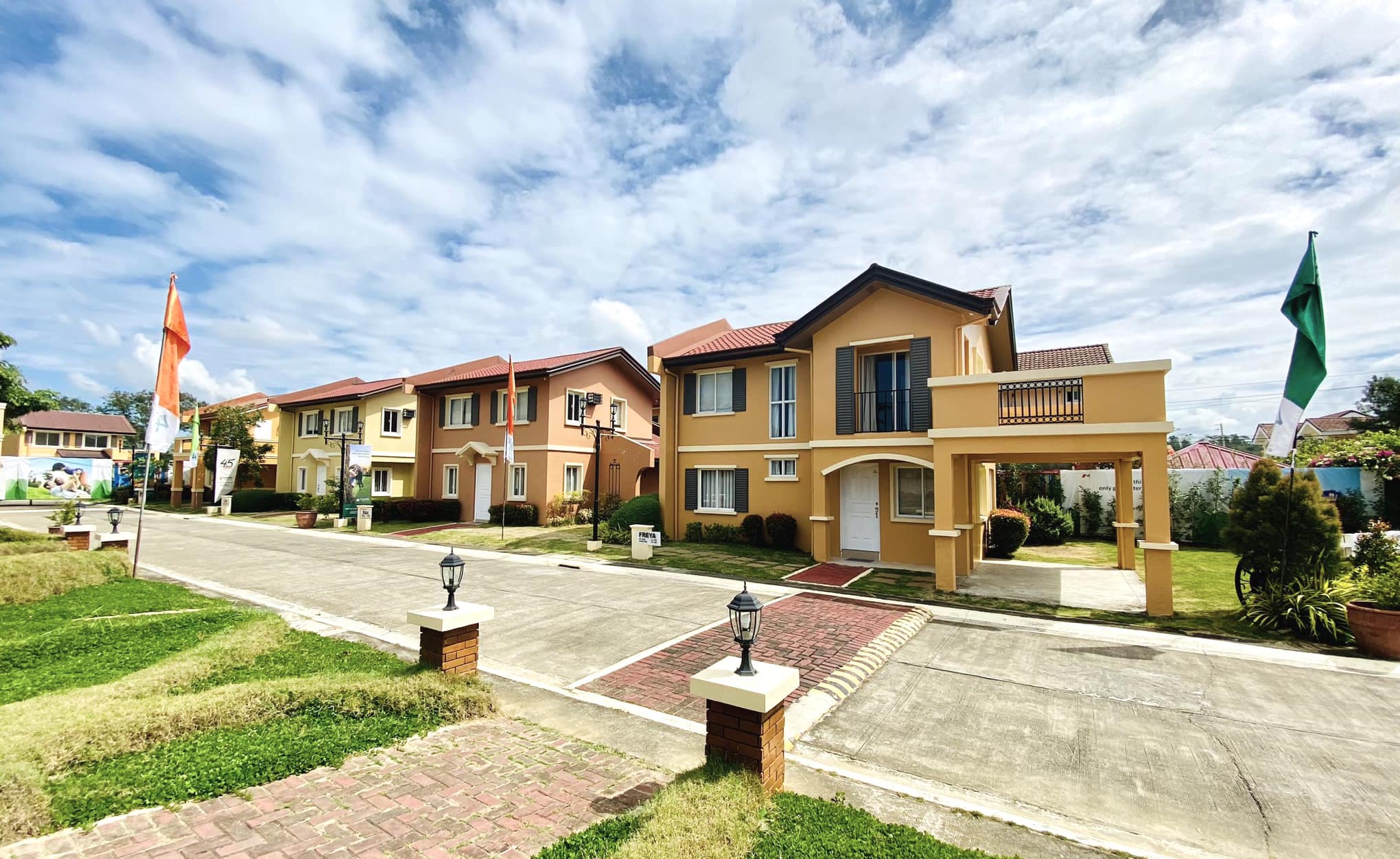
Check out our House and Lot for Sale Properties
Discover our house and lot for sale properties in the Philippines


